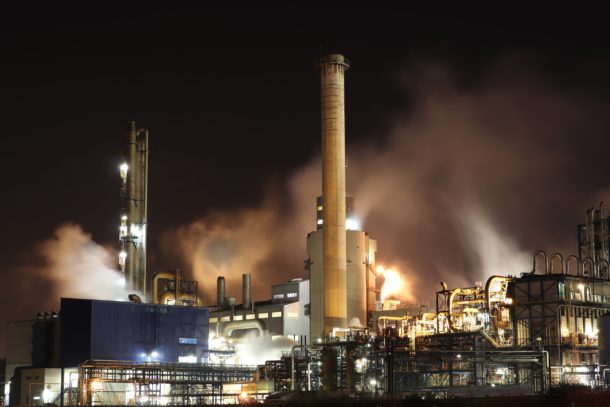Oil. We all use it in one way or another, but oil isn’t just a useful fuel used to cooking or fueling our vehicles. It is a high-demand global commodity that can have a major economic impact based on two things: Supply and demand, and market sentiment. In fact, we just had a taste of supply and demand last week from the cyber hack on the Colonial Pipeline, which created major supply problems in the Gulf Coast-East Coast artery for gasoline and other petroleum products.
Supply and demand is a fairly easy concept. As supply decreases, prices go up and if demand increases, the same happens. If demand decreases and supply increases, the price of the product should then go down. However, as simple as that sounds that’s not the only thing determining the price of oil. That is set in the oil futures market.

What are oil futures contracts?
An oil futures contract is an agreement that gives a company the right to purchase oil by the barrel at a predefined price on a specific future date. Both the buyer and seller are obligated to honor their side of the transaction on the predetermined date.
One of the other key factors in determining oil prices is sentiment. That is the belief that the demand for oil will increase dramatically in the future and, therefore, so will the price. However, it could be the case that the opposite will be true. As more people use alternative sources of fuel, the demand for oil will decrease, which will result in a dramatic downturn in prices.
Why don’t these prices always add up?
Basic supply and demand theories dictate that the higher the quantity of a product is produced, the lower the cost to consumers.
However, the main reason for this is that the reason more of a good is produced, to begin with, was that it made more economic sense to that. Does this impact red diesel price per litre, for example? Possibly not.
However, in some instances, the theory is better than the result. Sometimes the production can be high, but distributors can’t keep up with it. In spite of the US building one more refinery per decade, there is a net loss.
One of the main reasons that the world is not filled with cheap, easily accessible oil is that the 135+ refineries in the US operate at 90% of their potential capacity. That excess capacity helps to meet demand in the future as it arises in certain areas of the world.
So what does this mean for determining the price of oil?
The bottom line is that, unlike most other products we typically see on the market, the price of oil is not always going to determined by supply, demand, and sentiment surrounding the product. They may play a role in price determination, but supply, demand, and sentiment toward oil futures contacts are traded heavily that plays its part.
It is also trends that add to it. How many people are demanding oil instead o using alternative sources? Regardless of how the price of oil is ultimately decided, it will continue to be in high demand in the future due to its use in many consumer goods on the market currently.




Join the conversation: